Golf Tourism vs Corona Virus
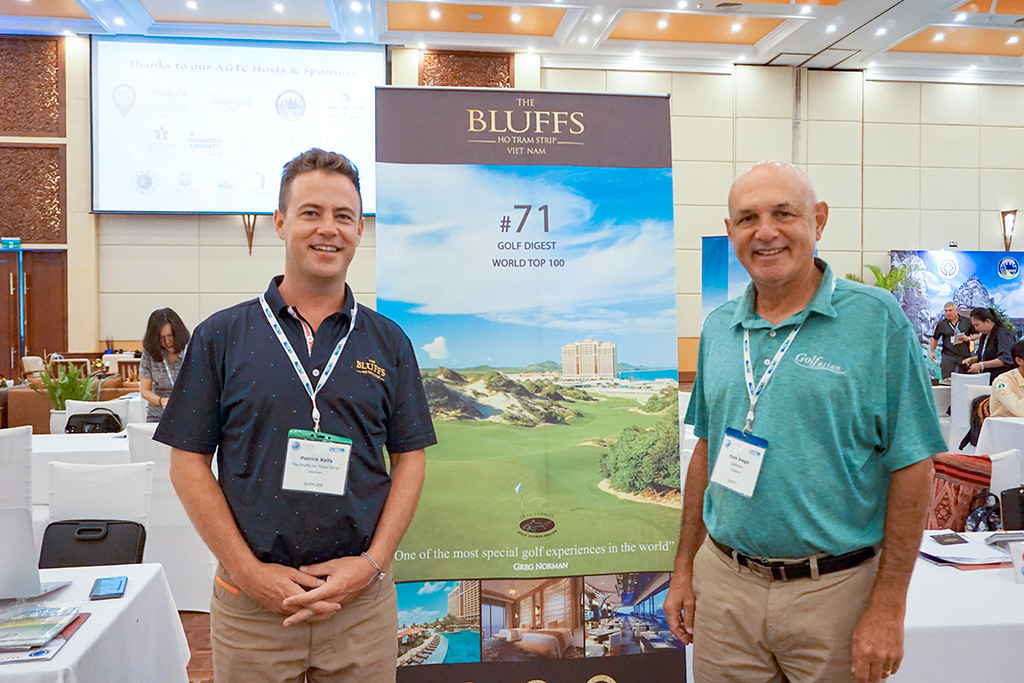
What was golf travel to Asia and the world before the Covid-19 outbreak?
Golf travel was in the process of having its most extensive and 9th consecutive year of growth before the Covid-19 outbreak. At the beginning of 2019, forward bookings for golfers were up 4% compared to the same time in 2018. Golf in Asia was even more robust, having gone up by over 7% year on year at the start of 2019.
However, by the middle of February, all regions, especially Asian golf, were impacted by government-imposed lockdowns, golf course closures, travel restrictions, and a general fear of travel and its uncertainty.
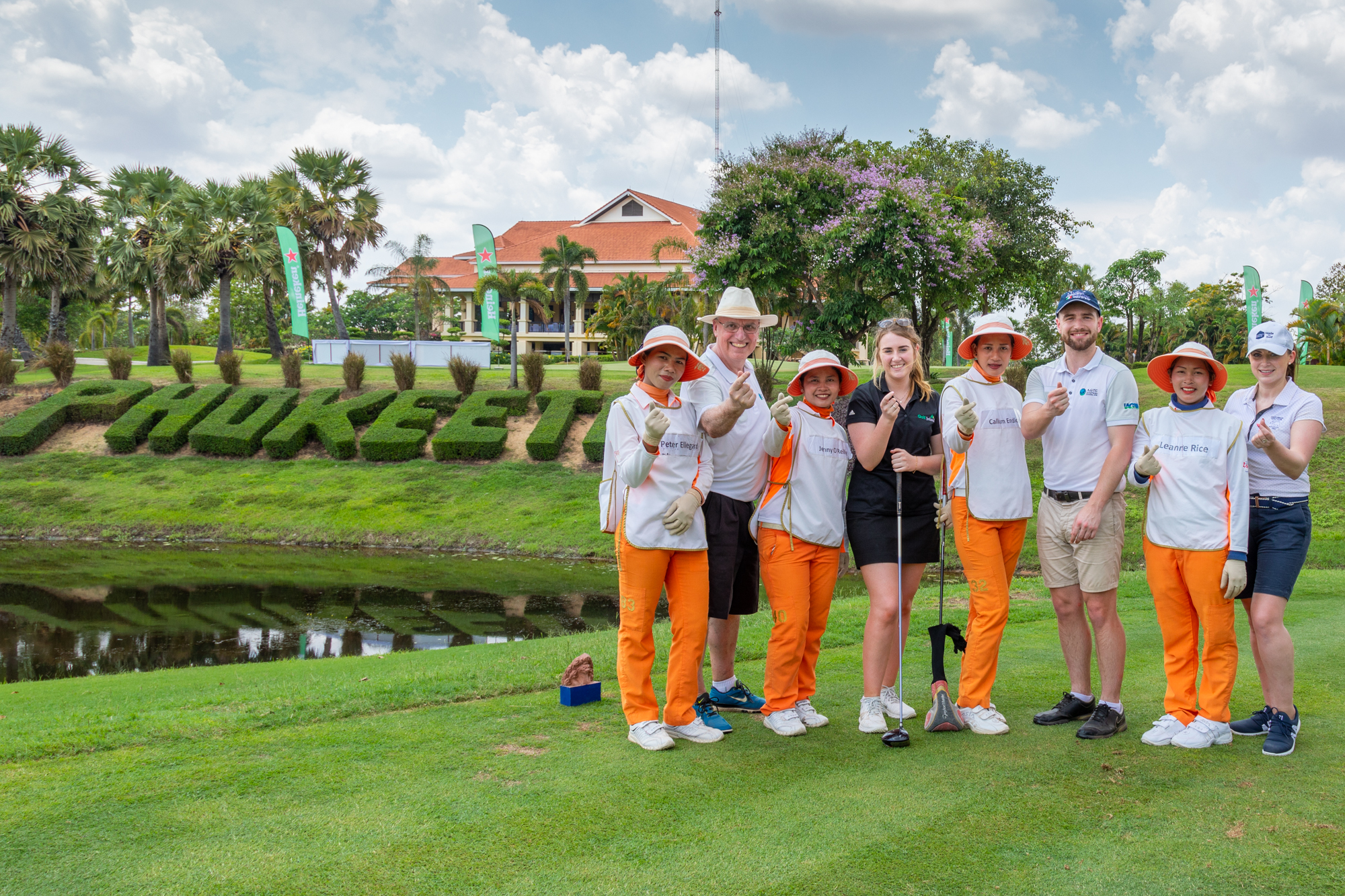
How the coronavirus outbreak affected golf travel to Asia?
Before the outbreak, Asia golf travel expected to enjoy a 10% year-on-year growth due to the expansion of new courses in the region (especially Vietnam), and mature courses opening up their formerly private clubs to visiting golfers, particularly in Singapore and Thailand. While new courses and formerly private courses open for visitor play are still the cases now, the 90% downturn and lack of confidence in global air travel have eliminated all possibilities of attracting international golfers to Asia for the remainder of 2020.

What did Golfasian do to survive during the pandemic?
Most of our bookings in the first quarter of 2020 completed without incident, and this was fortunate as we built significant cash reserves as the first quarter is our most robust. The remainder of our bookings for 2020 rescheduled to similar dates in 2021.
Traveling golfers rolled over their plans and payments to next year, so when the pandemic ends, our clients can get hit the Asian fairways, and we can get back to regular business quickly. In the meantime, we encourage our staff to support their families and allow work on projects from home.
Golfasian also moved into smaller offices to save on rent and other fixed expenses. Most of our current work relates to enhancing customer and supplier relationships, developing new destinations, and expanding partnerships with overseas tour operators.
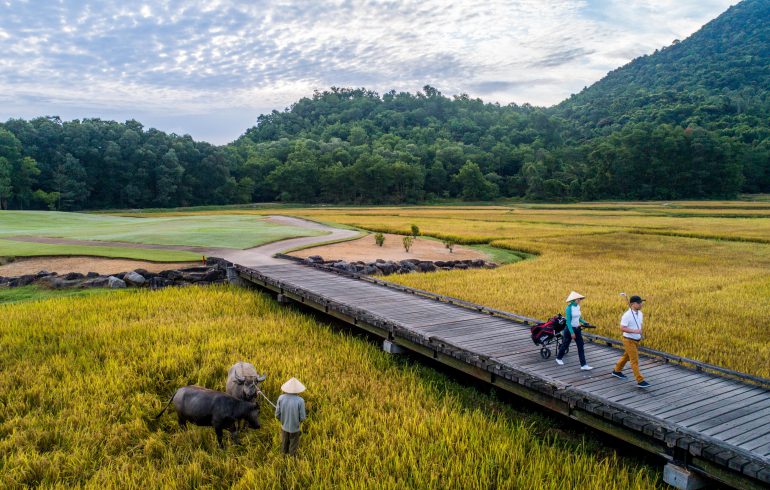
What do you predict the recovery time of golf tourism in Asia?
Government travel restrictions and quarantine requirements on arrival and return home need to end before international golf tourism can slowly restart. SE Asian countries like Vietnam, Thailand, Cambodia, Myanmar, and Laos have all taken actions to eliminate community spread of Covid-19. Other countries like Hong Kong, Singapore, Malaysia, and Indonesia have more work to contain virus outbreaks and minimize economic effects.
Limited airlift will begin in October, primarily to island destinations like Phu Quoc, Phuket, and Bali. These islands will be the first to see the return of golf tourists, albeit in limited numbers.
An effective vaccine needs to be widely available for mass golf tourism to resume and include major Asian golf tourist destinations like Da Nang, Pattaya, and Hua Hin. Based on the rate of current progress, effective vaccines could be available by years-end, but a more likely timing for widespread vaccinations is in the middle of 2021. Golf tourism will resume quickly after that, with 2022 seeing the return of most golf tourists to Asia.
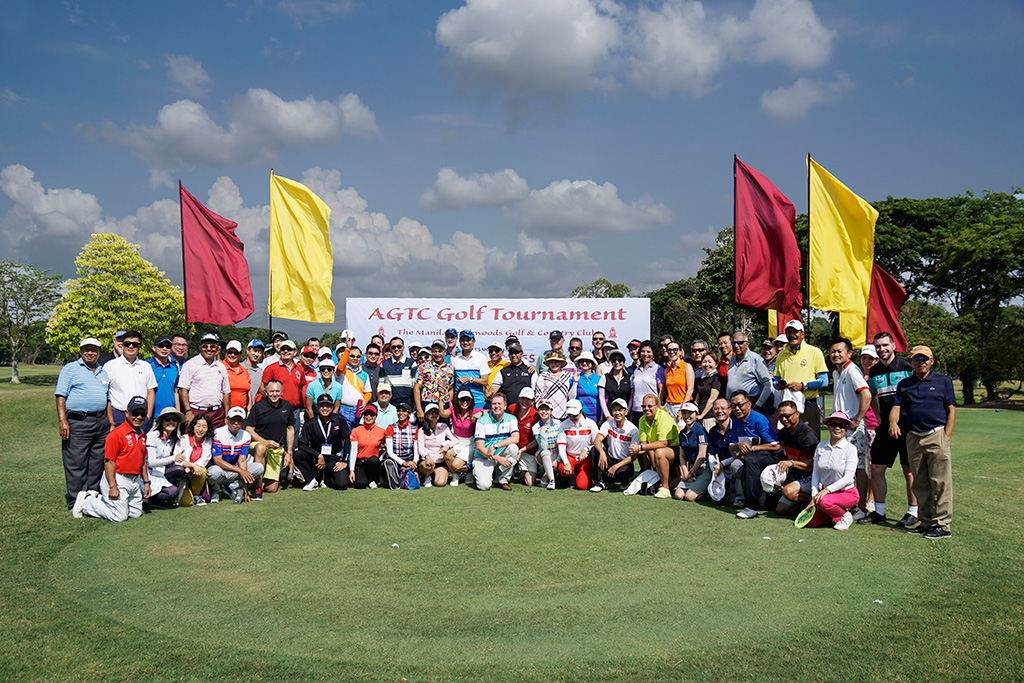
What do the golf courses and TGA do to help promote golf in Thailand?
Since re-opening 2-3 months ago, the local golf courses (both Thailand and Vietnam) are 100% focused on the domestic market and have adopted a direct to the consumer pricing model. There are daily promotions and green fee specials to attract more and more frequent play form local golfers. Some destinations like Pattaya have price wars among courses with zero green fees days (pay for caddie and cart only), making golf affordable for all players. Previously Thai member-only golf courses implemented local competitions and invited the general public to play with prizes to attract new players and additional members play. Vietnam’s newly opened ultra-exclusive clubs have extended pre-opening introductory rates indefinitely.
Golf associations are involved in developing the local talent level and government policies and play a lesser role in commercial affairs. They promote tournaments and chartered with increasing the ability of local golfers to compete at international levels. During the pandemic, and when the golf courses are less crowded, it is an ideal time for local golf associations to accelerate their junior golf development activities.
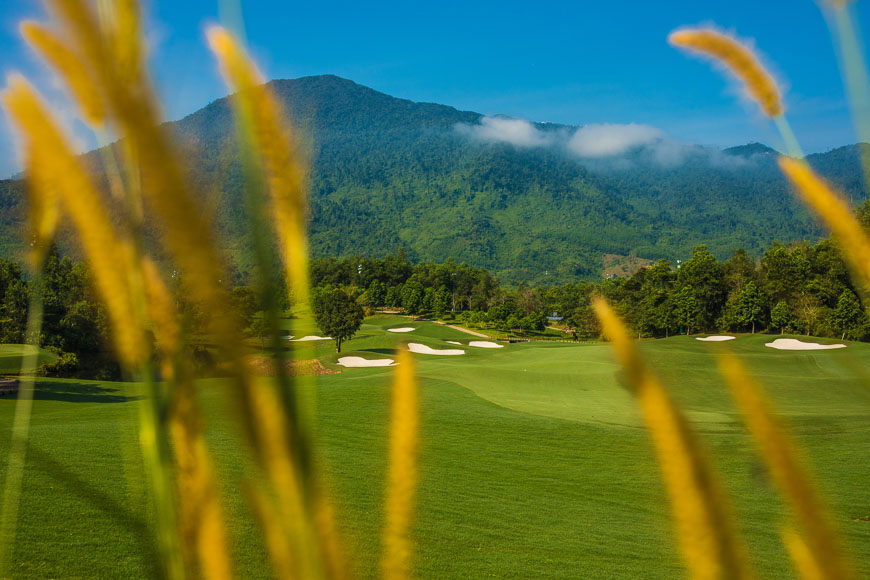
What does the golf industry and Tourism Administrations in Asia should do to help golf courses and tour operators to overcome this situation?
Tourism Boards should set aside budgets, work with local tour operators, and make plans to promote international golf travel when borders re-open. Now is an excellent time to start the planning process so that implementation can occur quickly. Golf tourists spend 300% more per day then general tourists, with many staying in 5-star resorts. Their spending adds up quickly, and due to the socially distant nature of the sport, golfing poses fewer health risks than cultural, historical, or tourism that visits places of interest, which can quickly generate large crowds in confined spaces.
In the meantime, before international travelers are accepted, tourist boards can work with the golf courses to subsidize green fees, which encourages more play and spending from domestic golfers.

Can you evaluate the loss and consequence of the pandemic to the golf industry and golf tourism in Thailand, Vietnam, and Asia? Any positive aspect?
The impact of the pandemic is devastating across Asian golf. Most of all, courses forced to close for three months lost 100% of revenue in the second quarter of 2020.
Since re-opening without tourists, revenues have been down 30-80%. Staff and salary reductions can mitigate some of the lost revenue, but for how long?
While the number of rounds played by domestic golfers is increasing and is a positive sign, the lack of tourists and associated tourist spending in pro shops, at resorts, and on courses far outweighs the additional play benefits. Moreover, price wars current and new direct-to-consumer business models have significantly reduced green fee pricing.
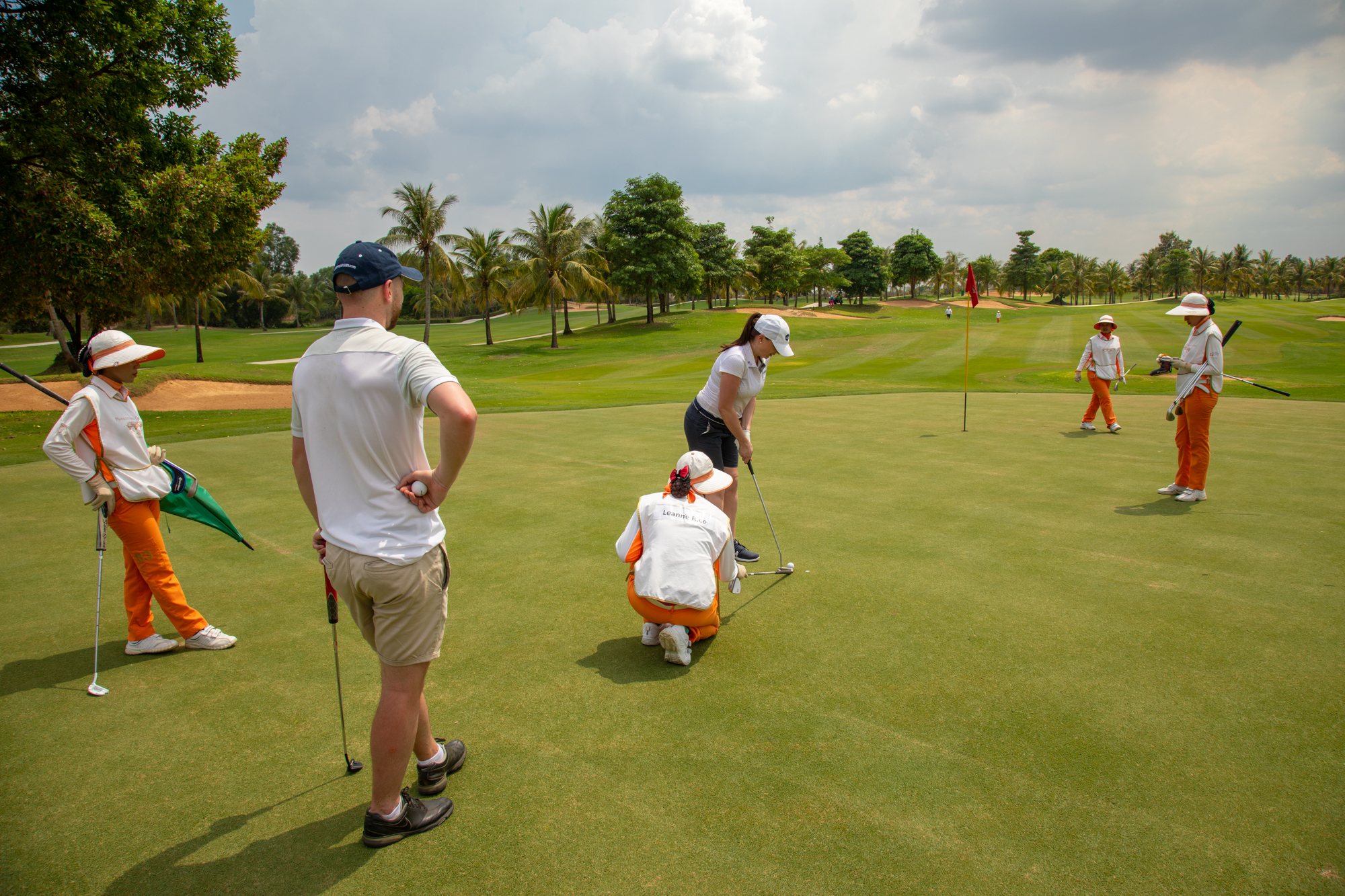
Lower green fees and fewer players are excellent news for golfers in developing countries as accessibility and price have been two of the barriers to expand participation in countries like Vietnam. However, where golf is more developed and a more comprehensive range of courses available, especially for beginner golfers, there will be severe consequences. The mid and lower-tier courses can not reduce their rate to less than zero, and those courses that do not have the reputation or quality may go out of business due to operating costs being higher than revenues.
In any case, the quicker a vaccine is found, and travel can restart, the better for everyone in the Asian golf industry.

















